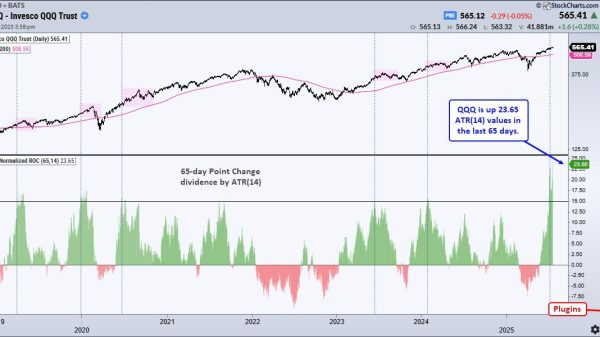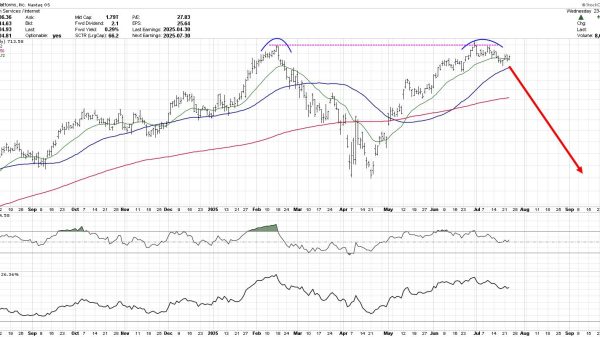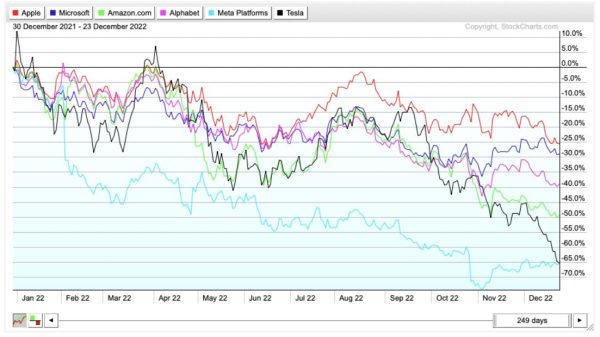The first Social Security checks and bank deposits featuring the largest cost-of-living-adjustment in 40 years will start arriving in January.
The average retiree benefit is going up by $146 per month, to $1,827; while the average disability benefit is increasing by $119 per month, to $1,483. Recipients will also benefit from a 3% decrease in how much they’ll owe each month on standard Medicare Part B premiums. Those are declining to $164.90 a month. Medicare Part B covers outpatient medical care, like regular visits to the doctor.
The 8.7% COLA increase is in response to the decades-high inflation that began to plague the U.S. economy this year. Social Security recipients will have benefited from timing, as well. The COLA measurement was officially taken in July, August and September, when 12-month inflation hit 9%, 8.6% and 8.5%, respectively. On Tuesday, the Bureau of Labor Statistics reported inflation for wage-earners fell to its lowest level in more than a year, landing at 7.1%.
How the COLA-adjusted payments will roll out
If recipients’ birthdays fall between the 1st and the 10th of a given month, the payment will be received the second Wednesday of the month. So, anyone with a birthdate in this initial range can expect the first payment to land Jan. 11, according to the Social Security Administration.
For recipients with birthdays between the 11th and the 20th of a given month, the payment will come on the third Wednesday of the month. This group can expect the first payment of the new year Jan. 18.
The remaining group will get the payment the fourth Wednesday of the month, meaning the first 2023 payment will come Jan. 25.
Supplemental Security Income (SSI) recipients will continue to receive their payments on the 1st.
Except for SSI payments, Social Security benefits remain taxable and tax brackets are also changing as a result of inflation. A Social Security recipient filing as an individual with total earnings — including anything received outside Social Security — between $25,000 and $34,000 may have to pay income tax on up to 50% of their Social Security benefits. If their income was greater than $34,000, they may have to pay taxes on 85% of their income. For joint tax filers, the 50% threshold starts between $32,000 and $44,000, and the 85% threshold begins at $44,000.



























